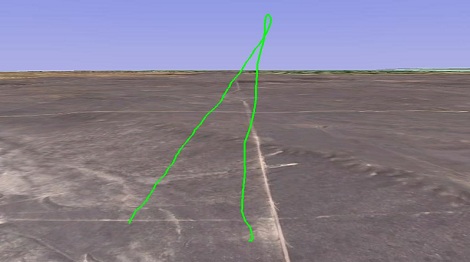
Since Adafruit released a few dozen hacker skill badges, we’ve been waiting for this tip to come in. [phillip torrone] over at Adafruit posted a requirement sheet put together by a school teacher-blogger friend aimed at high school students wanting to earn their Hackaday skill badge.
The requirement list is heavily influenced by the requirements needed to earn a merit badge in the Boy and Girl scouts – first, do a little research and be able to describe the type of build we usually feature. Then, describe the project to your teacher and directly relate your project to other builds featured on Hackaday. Solid advice, we have to say.
There’s a few solid tips that really help us out; putting up a blog post for your project really helps us out, as does hosting your code on a Git. Videos are always good, and even though I’m partial to Vimeo (these videos just come out looking more professional for some reason), a lot of our commentors prefer YouTube.
About the commentors: the requirement sheet specifically mentions ignoring the flame bait comments, something we’d have to agree with. The comments have gotten better, but the best way for you (yes, all of you) to help is just hit the report button and don’t feed the trolls.
If your post doesn’t make Hackaday, don’t feel bad. Before I started working here, I built a Mellotron and submitted it to the tip line. It didn’t get featured, but I just rolled with the punches. Now I’m waiting for a Raspberry Pi to come in so I can update that build and give it the rollout it deserves. If your build gets skipped, just re-submit a week or so later. We’re a fickle bunch and sometimes projects waste away in the tip line, especially if it’s similar to a recently posted build.














